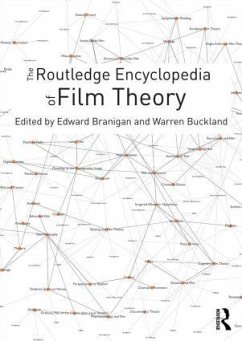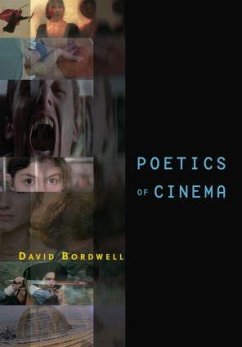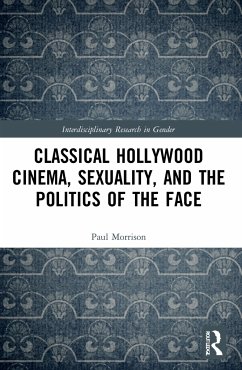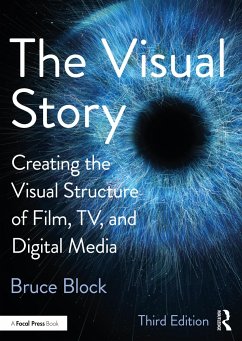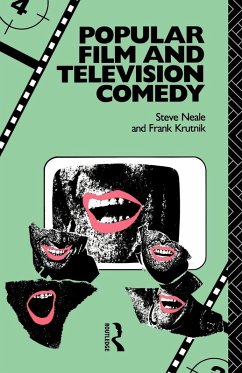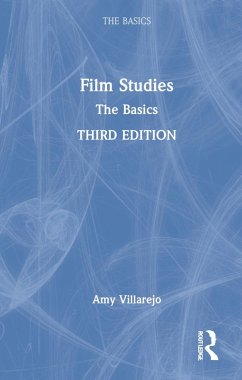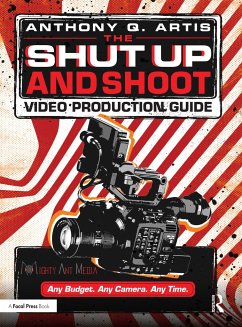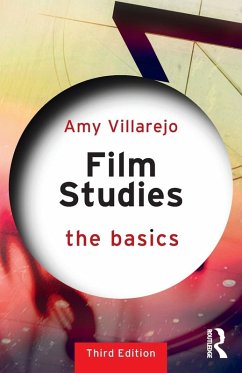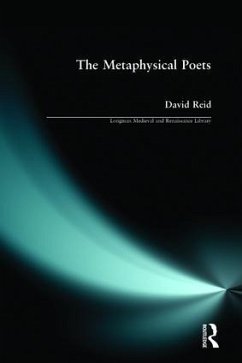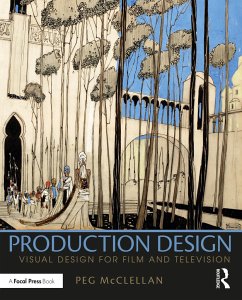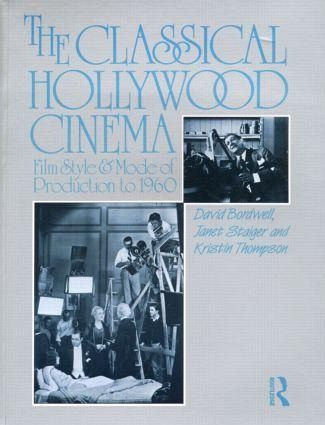
The Classical Hollywood Cinema
Film Style and Mode of Production to 1960
Versandkostenfrei!
Sofort lieferbar
50,99 €
inkl. MwSt.

PAYBACK Punkte
25 °P sammeln!
Acclaimed for its breakthrough approach and its combination of theoretical analysis and empirical evidence, this is the standard work on the classical Hollywood cinema style of film-making from the silent era to the 1960s.



